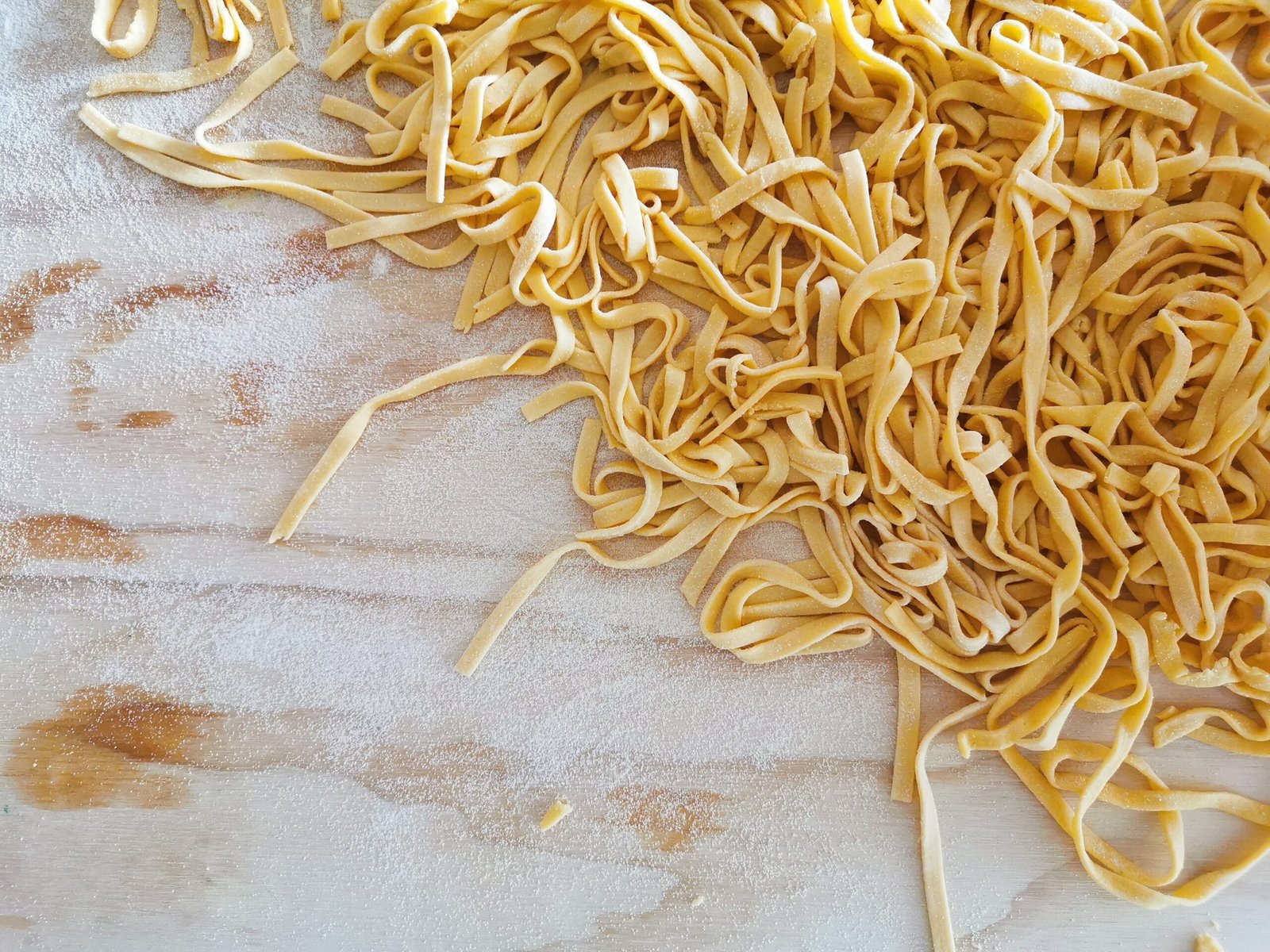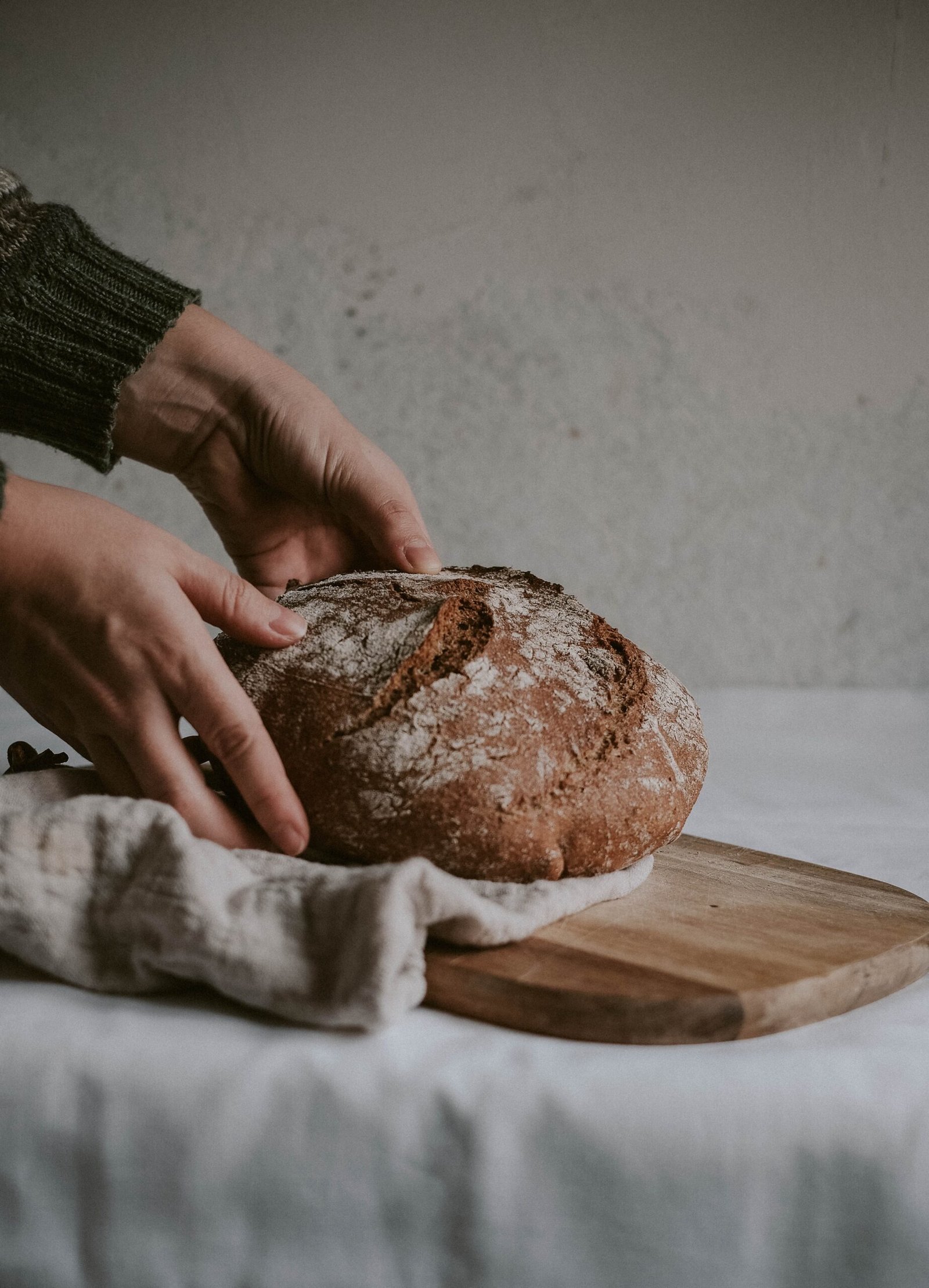Mastering the Art of Homemade Pasta: A Comprehensive Guide
Are you tired of store-bought pasta that lacks the authentic taste and texture of homemade pasta? Look no further! In this comprehensive guide, we will take you on a journey to master the art of making homemade pasta from scratch. Whether you’re a beginner or a seasoned cook, these tips and techniques will help you create delicious pasta dishes that will impress your family and friends.
The Current Trend of Homemade Pasta
Homemade pasta has been gaining popularity in recent years, with more and more people discovering the joy of creating their own pasta at home. Not only does it allow you to have full control over the ingredients, but it also gives you the freedom to experiment with different flavors and shapes. From classic Italian recipes to innovative fusion dishes, homemade pasta offers endless possibilities for culinary creativity.
According to recent data, the demand for pasta-making tools and equipment has seen a significant increase, indicating a growing interest in homemade pasta. With the rise of social media platforms, food enthusiasts are sharing their homemade pasta creations, inspiring others to try their hand at this age-old culinary art.
Getting Started: Essential Tools and Ingredients
Before diving into the process of making homemade pasta, let’s gather the essential tools and ingredients you’ll need:
- Pasta machine or rolling pin
- All-purpose flour or semolina flour
- Eggs
- Water (if needed)
- Salt
These basic ingredients can be easily found in your pantry or local grocery store, ensuring that you can start making homemade pasta without any hassle.
The Pasta-Making Process: Step-by-Step Guide
Now that you have your tools and ingredients ready, let’s dive into the step-by-step process of making homemade pasta:
1. Measure and Mix the Ingredients
Start by measuring the flour and salt, and then combine them in a large mixing bowl. Create a well in the center of the flour mixture and crack the eggs into it. Slowly incorporate the flour into the eggs until a dough forms. Knead the dough until it becomes smooth and elastic.
2. Rest the Dough
Wrap the dough in plastic wrap and let it rest for at least 30 minutes. This allows the gluten to relax and makes the dough easier to work with.
3. Roll and Shape the Pasta
Divide the dough into smaller portions and flatten them with a rolling pin or a pasta machine. Gradually roll the dough into thin sheets, dusting with flour as needed to prevent sticking. Cut the sheets into desired shapes, such as fettuccine, tagliatelle, or ravioli.
4. Cook and Enjoy
Bring a pot of salted water to a boil and cook the homemade pasta for a few minutes until al dente. Drain the pasta and toss it with your favorite sauce or toppings. Serve immediately and savor the delicious flavors of your homemade creation.
FAQs (Frequently Asked Questions)
Q: Can I use gluten-free flour to make homemade pasta?
A: Absolutely! There are various gluten-free flour options available, such as rice flour, almond flour, or chickpea flour, which can be used to make gluten-free pasta.
Q: How long can I store homemade pasta?
A: Homemade pasta can be stored in an airtight container in the refrigerator for up to 3 days. You can also freeze the pasta for up to 2 months.
Q: Can I make colored pasta?
A: Yes, you can add natural ingredients like spinach, beetroot, or squid ink to the dough to create vibrant colored pasta.
Useful Tips and Tricks
Here are some additional tips and tricks to help you perfect your homemade pasta:
- Use a pasta drying rack or hang the pasta strands over a clean wooden dowel to prevent them from sticking together.
- Experiment with different flavors by adding herbs, spices, or vegetable purees to the dough.
- Don’t be afraid to get creative with shapes and sizes. Try making stuffed pasta like tortellini or agnolotti for a unique twist.
- Cook the pasta in well-salted water to enhance its flavor.
Conclusion
Mastering the art of homemade pasta is a rewarding culinary experience that allows you to unleash your creativity in the kitchen. By following this comprehensive guide, you’ll be able to create delicious homemade pasta dishes that will impress both your taste buds and your loved ones. So, why wait? Start rolling up your sleeves and embark on a pasta-making adventure today!
Remember to share your homemade pasta creations with others on social media and spread the joy of homemade cooking.
Happy pasta-making!









